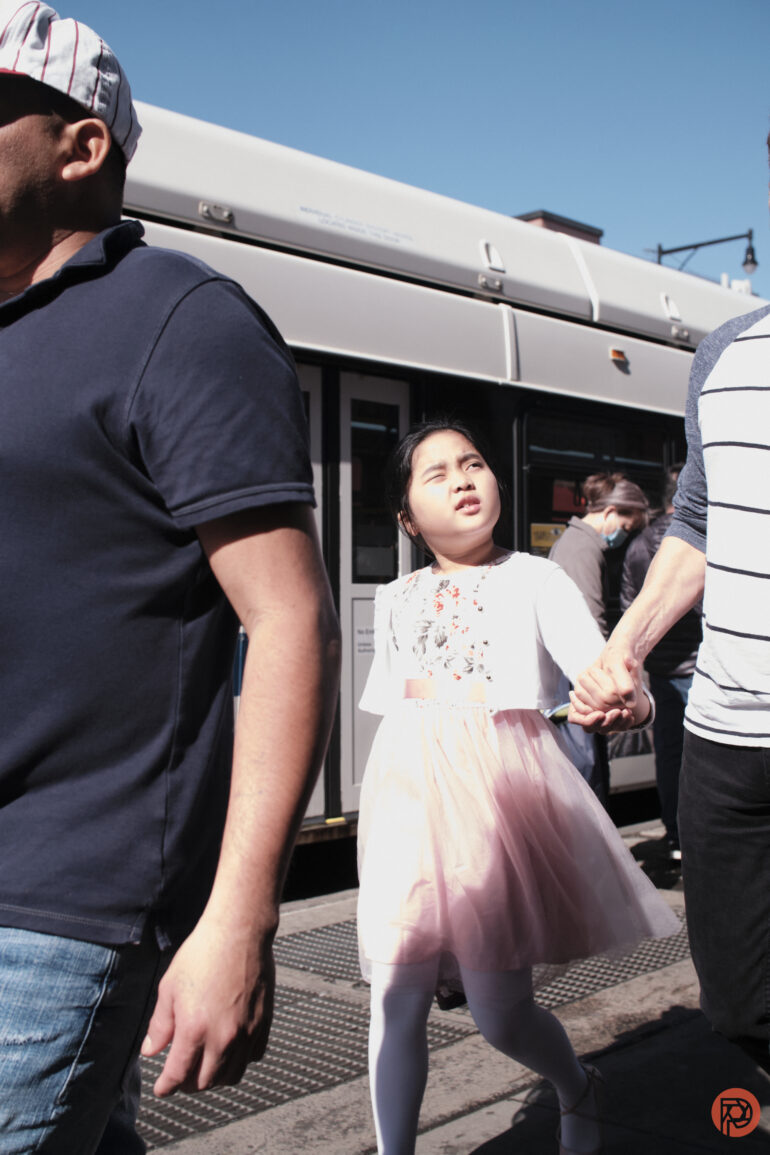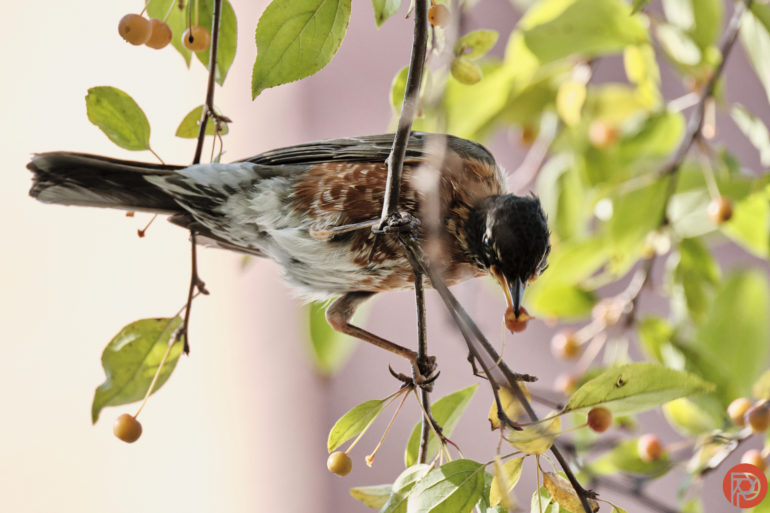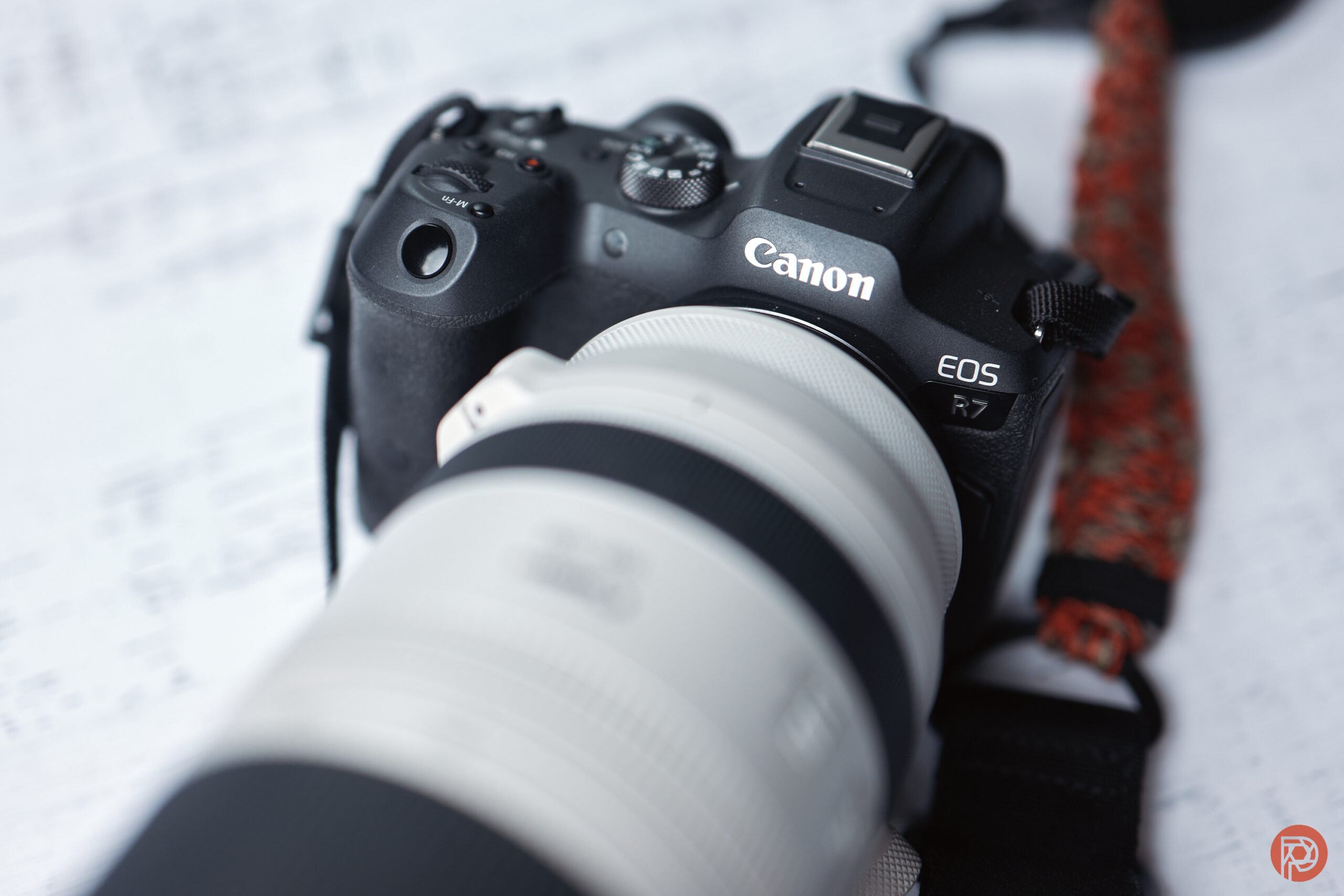Everyone wants a full-frame camera. They offer a ton of excellent image quality, and they’re often the best buys for the price point. But no one should underestimate what APS-C cameras are capable of either. You can get beautiful images from those sensors, and they can also be handy to you depending on the subject matter that you’re shooting. So with more than 14 years of testing cameras behind us, we’re talking about where and how APS-C cameras are better than full frame.
Before continuing, note that some APS-C cameras are much better than others. When writing this article in early May 2023, Fujifilm and Canon are more or less making the best out there. Canon delivers autofocus, lenses, durability, and a price point that’s tough to beat. Similarly, Fujifilm offers many video features and image quality that’s nearly impossible to get from any other camera brand’s raw files.
But with that said, where exactly are APS-C cameras better than full frame?
Table of Contents
Street photography and Candids

Full-frame cameras can do a great job at street photography. But there are lots of situations where APS-C cameras are just better. This has to do with physics! The smaller sensor in APS-C cameras gives you a deeper depth of field at equivalent apertures on full-frame. An f2 lens on APS-C will render an f2.5 field of view on full-frame if you’re using the most common-sized APS-C sensor offering a 1.5x crop factor.
But here’s where it gets really odd. The autofocus on APS-C cameras isn’t typically as good as on full frame. So you’re best off working with zone focusing in this situation and simply cranking up the ISO setting. In the workflow process, it’s actually quite simple. It could mean that you’re walking around on the street with the lens set to f5.6, focused to about 5 feet away, and the shutter speed locked at 1/2000th with the ISO at 1600. Depending on the light on your subject, you could easily nail many incredible photos.
Street photography is a perfect example of where APS-C cameras do better. But you shouldn’t underestimate some full-frame cameras.
W
I
Similar to street photography, candid photography is also easier with APS-C.

Wildlife in Good Lighting
Another ideal situation for APS-C cameras is wildlife and birding. It gives your lenses more reach as the effective field of view increases though the focal length changes. With Canon cameras, you get somewhere around 1.6x extra reach. That means that a 300mm lens will add more than 150mm — making it reach longer than 450mm. Of course, that also means that the apertures give a deeper depth of field too.
Providing that your camera focuses on the birds and wildlife effectively, you will get the shot you want. Luckily, most APS-C cameras are also getting more pixel-dense. So you’re going to be able to crop in a fair amount.
Generally speaking, APS-C can be a bit better than Micro Four Thirds because of slightly better high ISO performance. That performance mostly counts at higher ISOs as you typically need them to get specific photos of birds and wildlife. Full-frame is still best at handling high ISOs. But modern APS-C cameras aren’t all that bad. Adobe’s AI Noise Reduction does a fantastic job here.
Size for the Features with APS-C Cameras
Fuji’s X-series cameras have much better features than the smallest full-frame cameras available on the market. So even though someone might want a full-frame camera, it might not make that much sense if the APS-C camera does so much more for around the same price point. This is precisely where consumers need to get out of their heads, as the smaller sensor can do a lot more for them depending on what that photographer wants to take pictures of.


